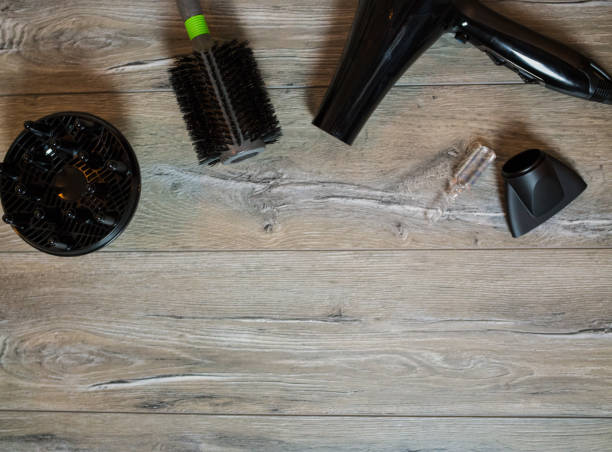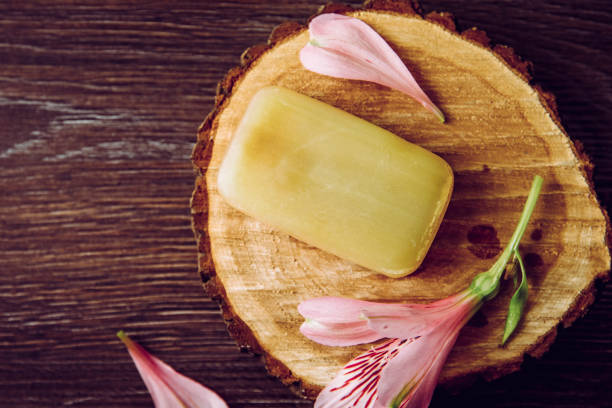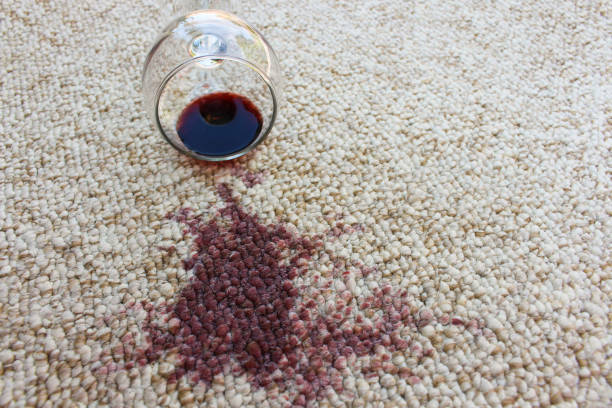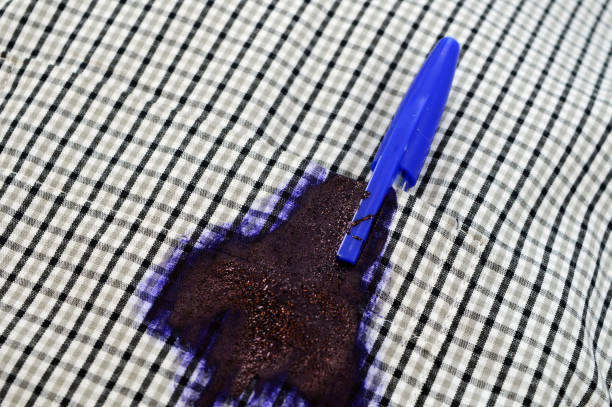Tips on how to use heat from an iron or stovetop to remove candle wax or wax stains from clothing, carpet, or other fabrics.
Candle wax is always annoying on textiles of all kinds. Especially in black clothes. Candle wax is also not water-soluble and cannot be washed out. We have put together some tips for you so that you can easily remove the annoying wax.
Remove candle wax with an iron

First, you should let the candle wax dry out completely and carefully scrape off the large pieces. Then you can place newspaper, blotting paper, a simple paper handkerchief, or a kitchen towel on the candle stain and then iron the whole thing over with an iron. If this gets dirty, you should clean the iron. The candle wax becomes hot due to the heat, binds to the paper, and detaches from the garment.
Remove wax with the hotplate
You can also use a stovetop to remove candle wax from your clothing. Here is a step-by-step guide to removing the wax using a hotplate. In addition, note tips for removing spinach stains and removing cream stains from textiles.
- The first thing you need to do is set a stovetop to a low setting.
- Place the piece of newspaper or kitchen paper on the stovetop.
- Now you can press the garment onto the paper from above.
- You now have to rub and rotate the wax stain on the paper.
- Repeat this process until all of the candle wax has soaked into the paper.
- All textiles or clothing can then be washed normally again.
If some wax gets on the stovetop during the process, you should be careful. When cleaning the hob, there are a few things to keep in mind to avoid scratches. Candle wax is usually a nuisance, but it can also come in handy to untie a stuck zipper, for example.
Remove wax from jars
Candle wax can be easily removed from glasses. For example, if you used tea lights or lanterns in small candle jars. You will find step-by-step instructions for this in the following video. In addition, note our tips for removing cream stains from textiles.
Remove wax stains from the carpet
A specific method is required to remove wax from the carpet. Above all, patience is required, because before you can start removing the stain, the wax should be completely cool and hard. Here is a guide to removing candle wax from a carpet:

- You can begin wax removal once the wax has been set on the carpet. This is important because we can only work with solid wax.
- Now you can scrape off as much wax as possible with a sharp knife. Meanwhile or afterward you can simply vacuum up the wax crumbs with a vacuum cleaner.
- Finally, you can place a piece of newspaper or kitchen paper on the candle stain and iron it over the paper with a warm iron.
- The heat liquefies the wax residue and can be absorbed by the cloth. Repeat this process until no more wax is stuck to the paper. You can throw away the newspaper afterward.
- Avoid candle wax from dripping candles
Especially in autumn and winter, many people like to light candles in their homes often, as they spread a cozy and warm atmosphere. But then it happens more often than you find wax stains on furniture or the tablecloth because the candles have dripped. To avoid this candle wax, soak the candle in salt water for 24 hours before lighting it. Because candles that have been treated in this way no longer drip and you can really enjoy the candlelight. Also, note the simple instructions for making candles yourself and how to remove wax stains on wood.








